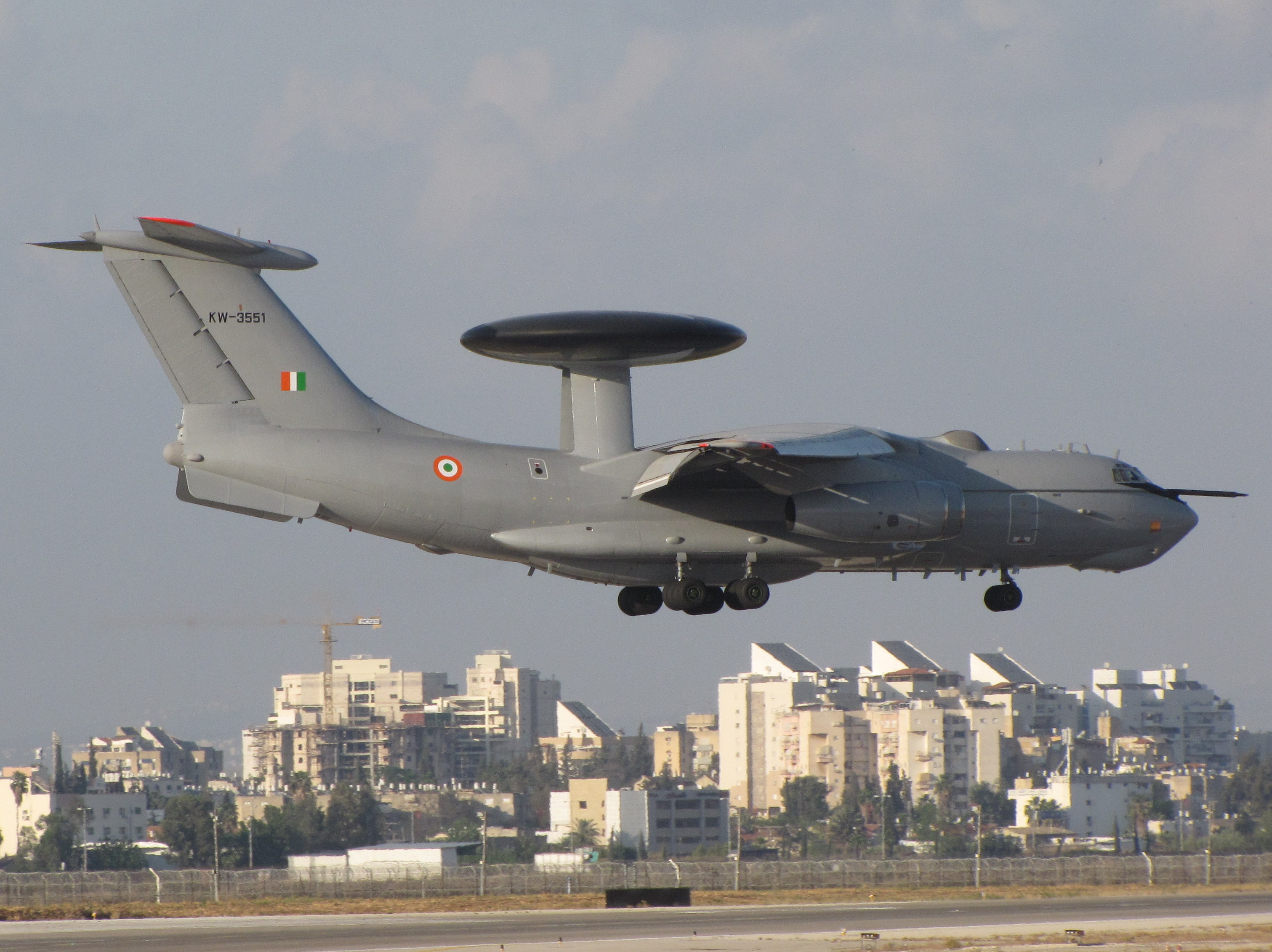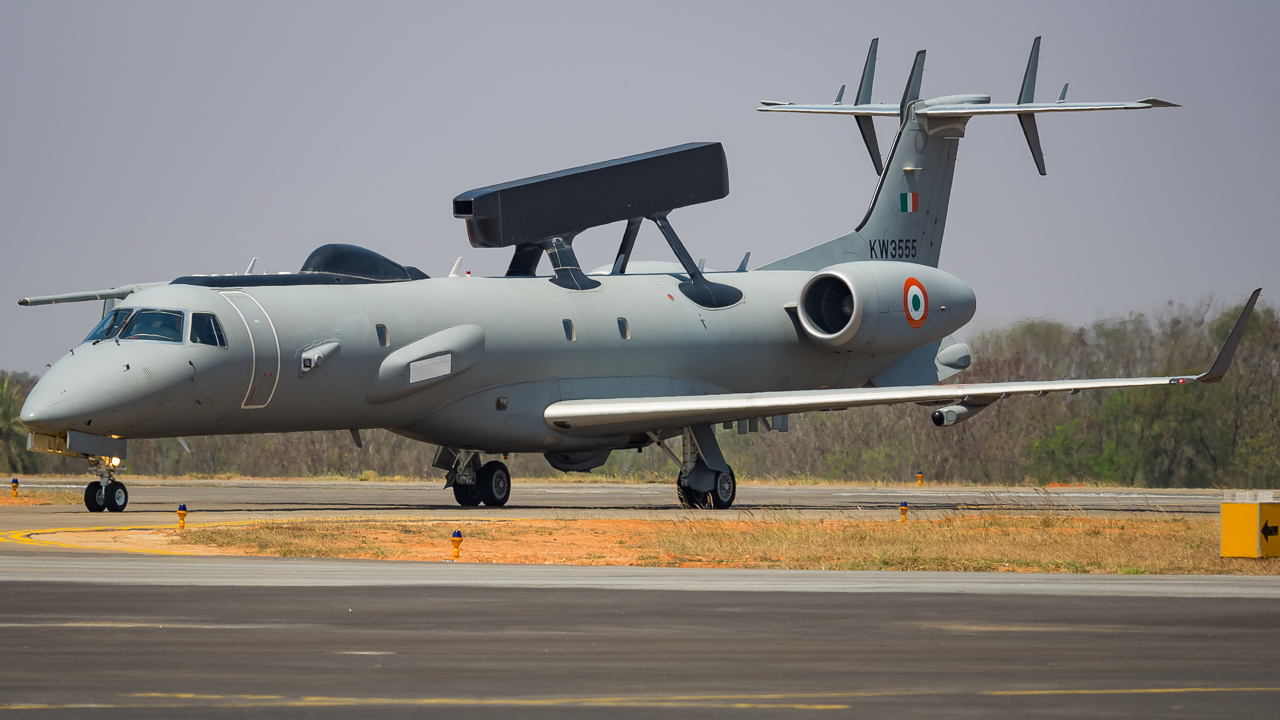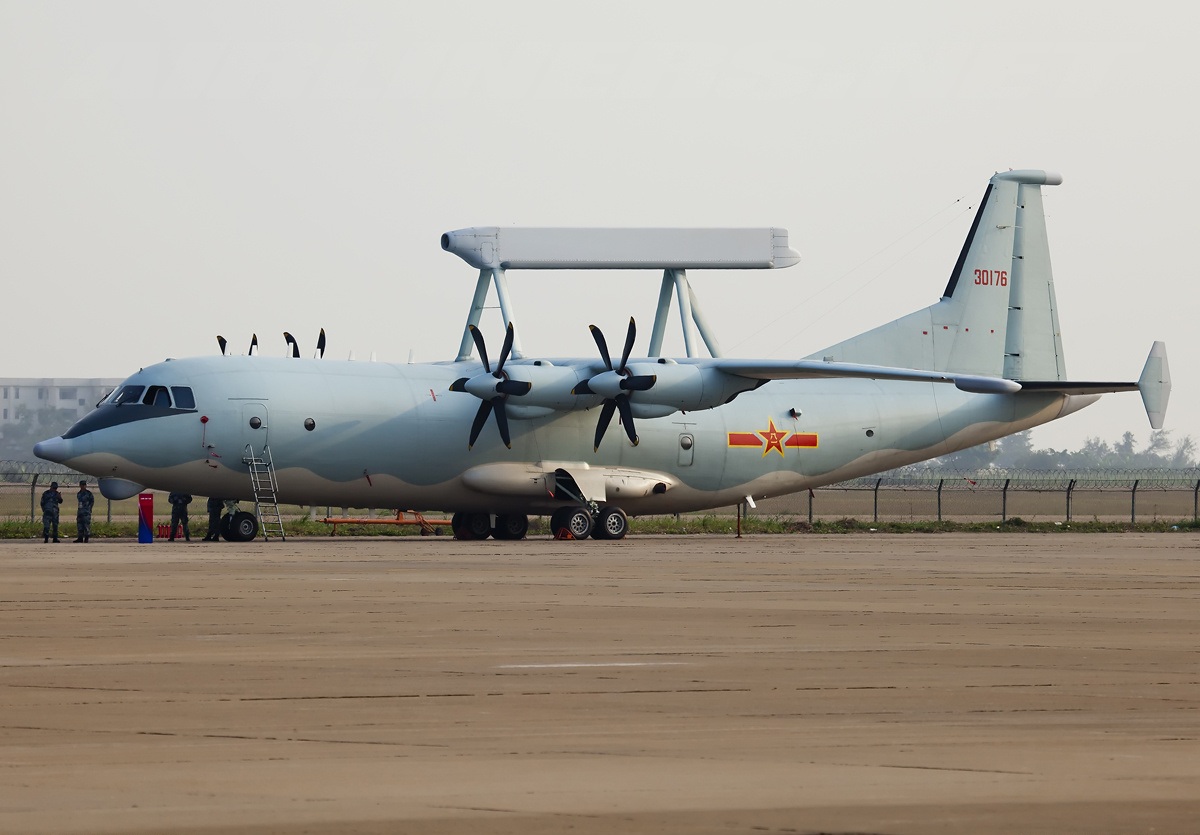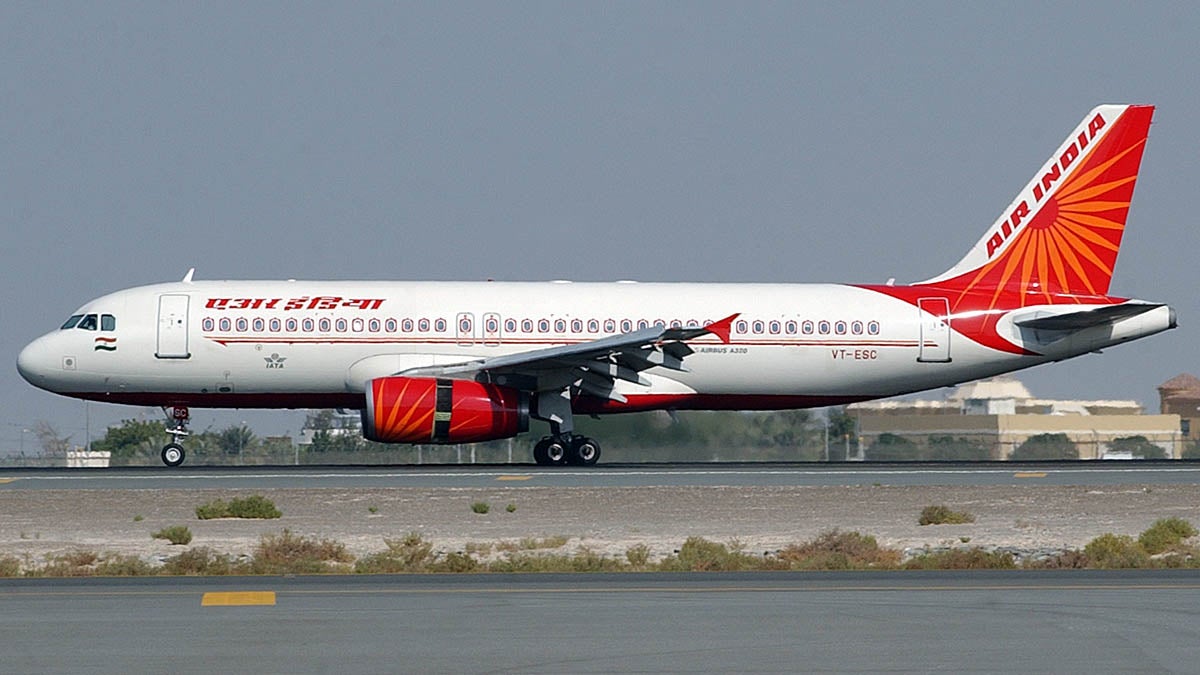The Indian Air Force will receive six second-hand A320 airliners outfitted with indigenous radars to serve as airborne early warning and control platforms, keeping watch over vast swaths of airspace and managing the air battle in potential future conflicts. That, at least, is the plan of the Indian Ministry of Defense, according to recent reports in the Indian media. The proposal would plug what’s seen as a widening gap in aerial surveillance capabilities and could end up saving New Delhi a lot of money in the process.
Unnamed sources confirmed the plans to the Times of India, claiming that using six A320 airliners provided by the national airline Air India would be more cost-effective than a previous proposal to install the equipment on a pair of new-build A330 jets that would have been provided by Airbus. While Airbus has, in the past, shown concepts of its A320neo aircraft configured for the airborne early warning and control (AEW&C) mission, so far, no air force has actually equipped the aircraft for this role.

The same sources indicated that the project, said to be worth around $1.4 billion, could result in the fully equipped aircraft being delivered to the Indian Air Force (IAF) within four to seven years.
At this stage, however, the A320 AEW&C project has yet to be given the formal go-ahead. However, “defense sources” told the Times of India yesterday that the Defense Acquisitions Council, the body that formally approves major arms procurements, could sign off on initial approval “soon.”
The cost of AEW&C platforms puts them out of the reach of all but the most-wealthy — or committed — air forces, as well as an even smaller number with the high-tech industries necessary to produce this equipment indigenously, like Sweden.
The value of an AEW&C capability has been proven in successive air wars, as well as in peacetime when these radar planes can scan the skies for potential intruders, not just limited to manned aircraft, but also low-flying cruise missiles and drones, as well. Modern radar planes can potentially also keep tabs on the movements of naval vessels and ground forces.
The new Indian project would be run as a joint effort between the IAF and the Defense Research and Development Organization, or DRDO, which is the country’s leading R&D establishment. Mounting DRDO’s indigenously developed active electronically scanned array (AESA) radar on an adapted airliner is not a new idea in itself, but switching to the smaller, second-hand A320 option is.
The A320s are expected to come in much cheaper than the A330s and, being second-hand, would be available for conversion much quicker than the alternative Airbus platform.

The projected cost of the A320 AEW&C program also compares favorably to the roughly $600 million that is being asked for the two A-50EI aircraft that are also currently being sought. These aircraft are planned to join three examples already in service, and all will be equipped with Israeli-made Phalcon AESA radar.

Acquiring more A-50EIs is not necessarily straightforward, however, since they don’t use the preferred indigenous radar and the Il-76 platform on which the A-50EI is based, is no longer in production. The lack of available Il-76 airframes has also led China to look to other aircraft types to meet its own AEW&C requirements. In addition, they are costly, which seems to have been the reason that the Indian government has still not signed off on a deal for the two additional examples.
At one point, it might have been expected that the IAF would seek a follow-on purchase of Embraer EMB-145 AEW&C aircraft, two of which currently serve the IAF, where they are known as the Netra. Like the proposed A320 AEW&C, these are outfitted with DRDO radar. However, the Brazilian Embraer company previously faced corruption charges in India, related to alleged kickbacks involved in the original EMB-145 AEW&C deal. This clearly put the company out of the running for the time being.

Currently, the IAF operates something of high/low-end mix of AEW&C platforms, with the A-50EI providing a reported surveillance range of around 250 miles, and 360-degree coverage, while the EMB-145 radar range extends to around 150 miles, with coverage across a 240-degree sector.
While the A320 might be a cheaper airframe option, modifying it with a DRDO radar will not be without challenges, bearing in mind integration on this particular airframe has never been done before. Indian defense media outlet Livefist
reports that the ex-commercial A320s will be prepared by Airbus in France before being fitted with a dorsal antenna system, derived from that found on the EMB-145. In contrast, the A330 AEW&C would have used a mast-mounted rotodome, like the A-50.
Another downside of the planned A320-based solution is that it introduces a third airframe to the country’s AEW&C fleet, adding yet more challenges to maintaining and operating what is already a highly diverse IAF inventory. On the other hand, the A320 is in widespread service around the globe, meaning that parts are widely available and it could be cheaper to fly in the long run.
According to the Times of India, the IAF’s need for additional AEW&C coverage was made more evident during the country’s clashes with Pakistan’s military in the disputed Kashmir region in February 2019. That confrontation culminated in the Indian airstrike in Balakot, as well as the highly publicized loss of an IAF MiG-21 Bison fighter jet, in an incident that you can read more about here.
At the same time, tensions between India and China have been increasing, with an ongoing standoff in the eastern Ladakh region that has spilled over into violence.
It is notable that both these friction points involve extremely mountainous terrain in which ground-based radar is less effective, typically being unable to detect low-flying aircraft or cruise missiles. In these kinds of environments, an AEW&C aircraft is more or less essential to manage modern tactical air operations and defending one’s airspace.
With twin challenges provided by China and Pakistan, Indian defense planners have reportedly identified a requirement for at least 10 AEW&C aircraft, and the A320 AEW&C might be a relatively quick, and affordable way of achieving this target.
Pakistan, for its part, has a fleet of eight AEW&C aircraft, divided evenly between platforms based on the turboprop-powered Saab 2000 and Chinese-made ZDK-03 airframes.

China, meanwhile, operates around 30 such aircraft, including a small number of KJ-2000s, which are based on the A-50, as well as the more numerous turboprop-powered KJ-200 and KJ-500.

Clearly, Indian officials are convinced of the value of AEW&C aircraft, but until now, their cost has prevented them from being fielded in the numbers required. This latest initiative may finally put these much-needed aircraft within reach.
Contact the author: thomas@thedrive.com
